French and English lavender are two of the most beloved aromatic plants in gardens worldwide. While they share a family name and a delightful fragrance, telling them apart can be puzzling for many gardeners. Knowing the difference is crucial, as their growing needs, uses, and appearances vary significantly. This guide will walk you through a simple, step-by-step process to quickly and confidently recognize whether you're looking at a French or English lavender variety.
Let's start with the most reliable method: examining the flower heads. This is often the quickest way to tell them apart.
English lavender, scientifically known as Lavandula angustifolia, boasts classic, compact flower spikes. They are typically uniform in shape, resembling slender, torpedo-like clusters that stand proudly on long stems above the foliage. The flowers are tight-knit and have a more traditional, "lavender" look. You might be familiar with popular varieties like 'Hidcote' with its deep purple flowers or 'Munstead' with its softer violet-blue blooms.

In contrast, French lavender (Lavandula stoechas) has unmistakable and flamboyant flower heads. They are looser, more cylindrical, and topped with a crown of large, petal-like bracts. These bracts, often a different color from the rest of the flower head, look like bunny ears or tiny butterfly wings perched on top. This unique feature is a dead giveaway for French lavender varieties. You'll see this charming trait in cultivars like 'Anouk' and 'Kew Red'.
Next, take a close look at the leaves. This is another excellent clue, especially when the plants are not in bloom.

English lavender has narrow, slender leaves that are a soft grey-green color. They are smooth-edged and feel somewhat velvety to the touch. The foliage is delicate and contributes to the plant's overall elegant and subdued appearance.
French lavender foliage is quite different. Its leaves are toothed or serrated along the edges and are a more silvery-grey hue. They are often broader and feel more rugged. In some varieties, the leaves are even more distinctly fern-like. This difference in leaf structure is a key identifier for recognizing lavender types.
Now, engage your sense of smell. The fragrance profile is a major distinguishing factor and relates directly to their common uses.
The scent of English lavender is often considered the quintessential lavender aroma. It is sweet, floral, and highly potent. This is the fragrance prized in the perfume industry, for making sachets, and in high-quality essential oils. When you crush a leaf or brush against a flower, you're met with that classic, calming scent. This strong aromatic quality makes it the preferred choice for lavender oil production and culinary uses.
French lavender has a more resinous, camphorous scent. It's still distinctly lavender but with sharper, more pungent notes of eucalyptus or pine. While still aromatic, its fragrance is less sweet and is generally not used for culinary purposes or in premium perfumery. Its scent is stronger and more medicinal, which is a fantastic tip for how to identify lavender plants without even seeing them.
The growth habit and overall plant structure provide more clues for easy lavender identification.
English lavender plants form neat, rounded mounds. They are generally more compact and bushier, with a tidy appearance that makes them perfect for low hedges and formal garden borders. They have a certain elegance and uniformity to their shape.
French lavender has a more open, sprawling, and somewhat wilder growth habit. It tends to be less formally shaped and can become woody at the base more quickly. It looks fantastic in informal, Mediterranean-style garden settings or spilling over the edges of containers.
Perhaps one of the most critical differences lies in their cold hardiness. This is a key piece of knowledge for any gardener wondering how to choose the right lavender for their climate.
English lavender is remarkably cold-tolerant. It can survive harsh winters and is perennial in USDA zones 5 through 8. This resilience makes it a garden staple in cooler temperate regions. If you see a lavender plant thriving in a climate with cold, snowy winters, it's almost certainly an English variety.
French lavender is much more tender and heat-loving. It thrives in USDA zones 8 through 11 and is highly sensitive to frost. It prefers a Mediterranean climate—hot, dry, and sunny. In cooler climates, it is often treated as an annual or grown in containers that can be brought indoors during the winter. This fundamental difference in temperature tolerance is a major factor in distinguishing French vs English lavender for garden planning.
Finally, let's consider their flowering seasons. This can help you make an identification based on the time of year.
English lavender is a mid-summer bloomer. It typically flowers from late June to August, providing that iconic summer lavender field look. It has one main, spectacular flush of flowers.
French lavender has a much longer blooming period. It often starts flowering in late spring and can continue all the way through to fall, especially if spent flower heads are deadheaded. Some varieties can even bloom nearly year-round in mild climates. This extended show is a great bonus for gardeners seeking long-lasting color.
By combining these observations—flower shape, leaf texture, scent, growth habit, hardiness, and bloom time—you will become an expert at telling these beautiful plants apart. Whether you're selecting a plant for a soothing sachet, a culinary experiment, or simply to beautify your garden, you can now confidently recognize the charming English lavender and the flamboyant French lavender.
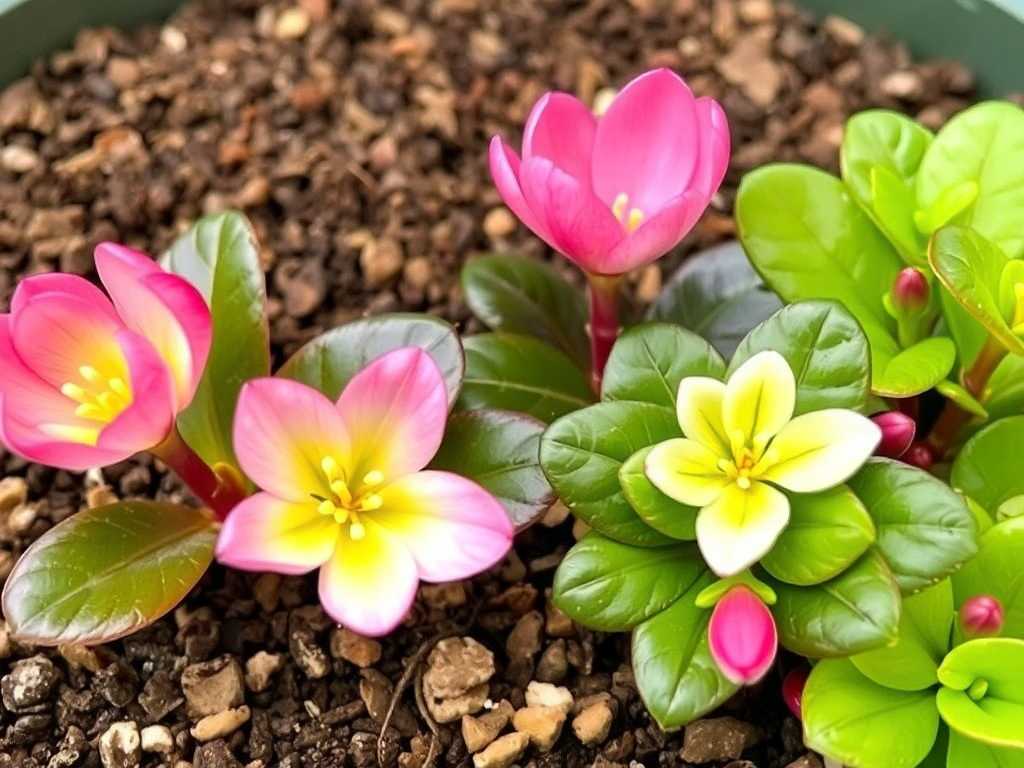
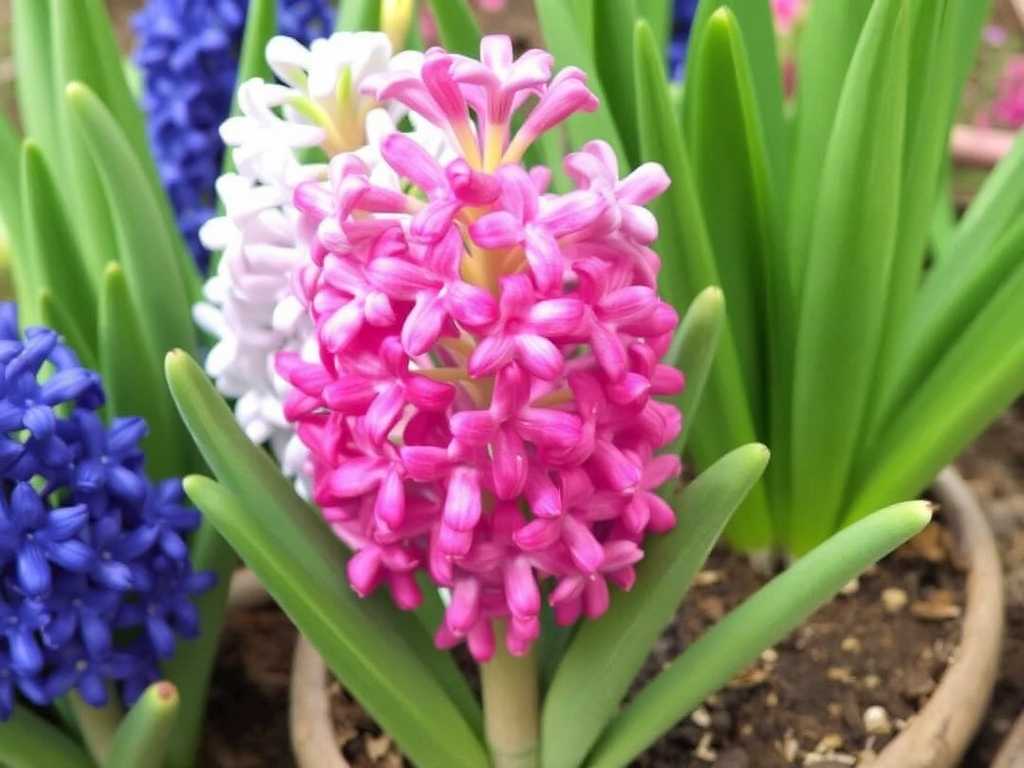
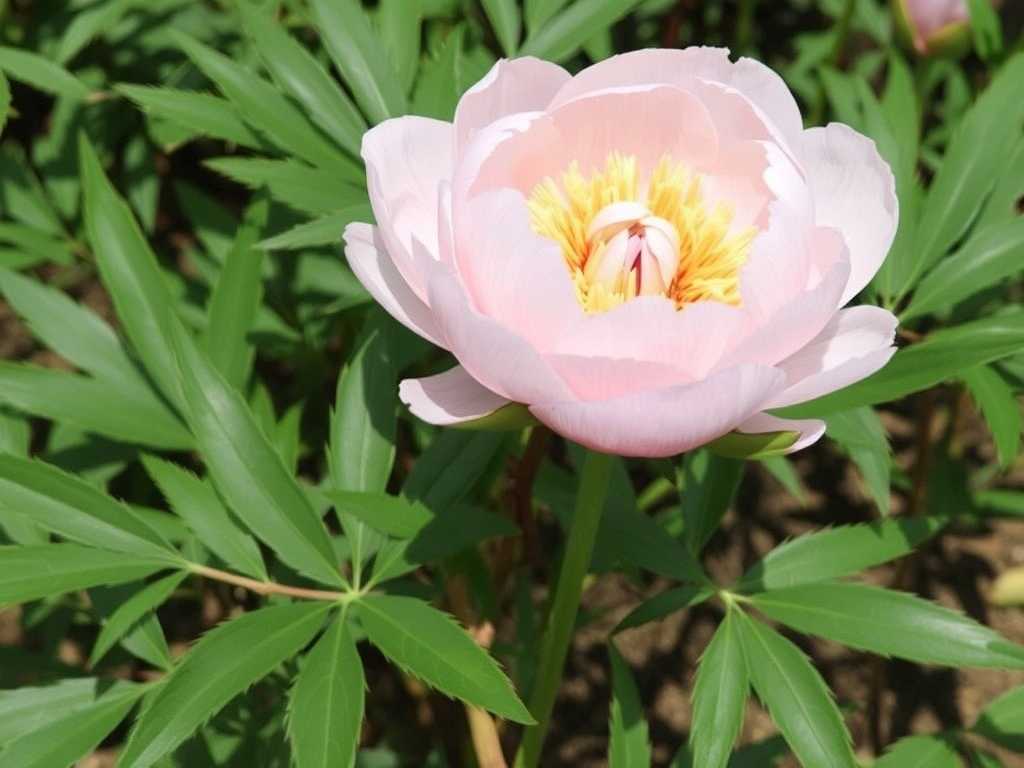

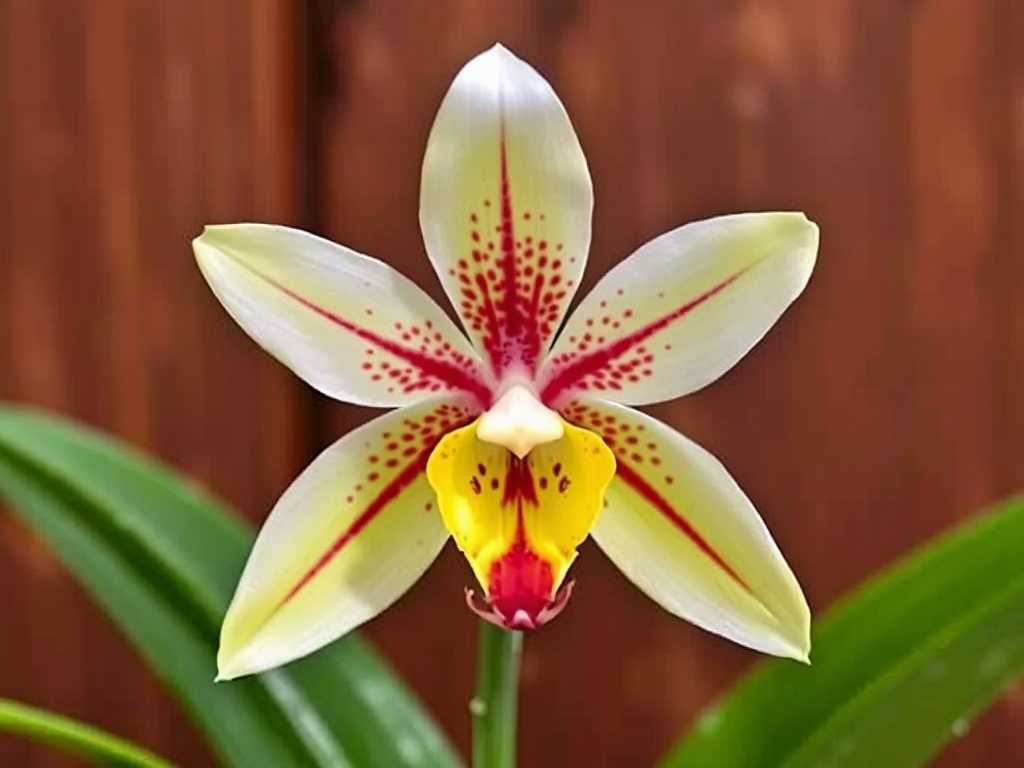
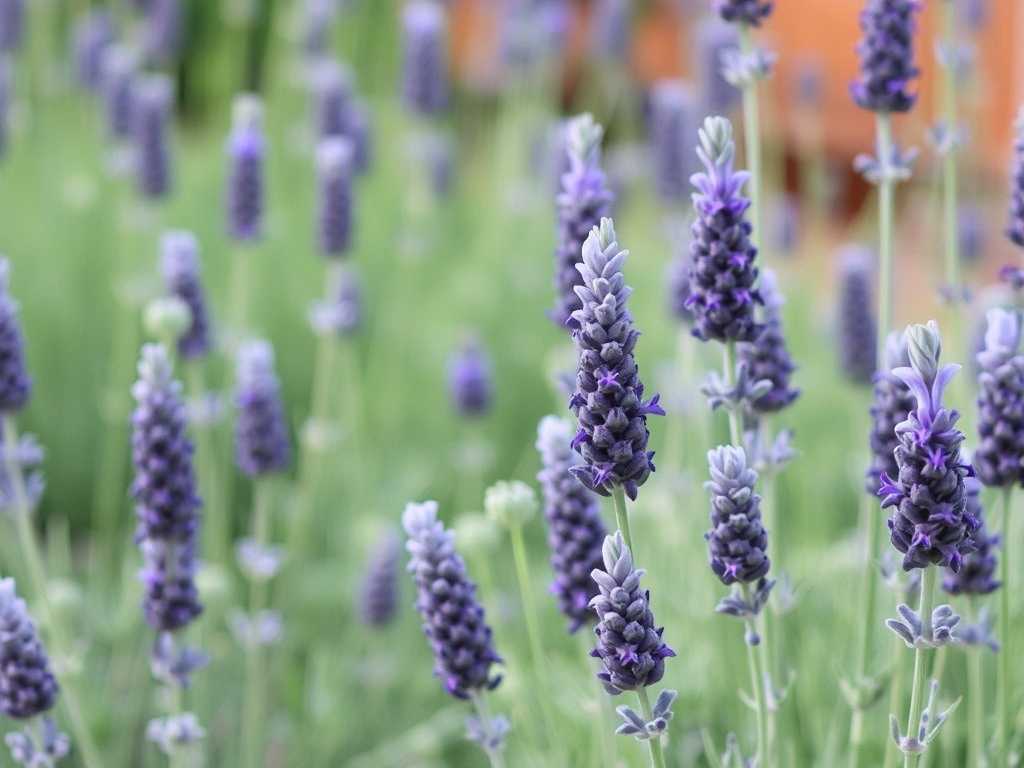
发表评论